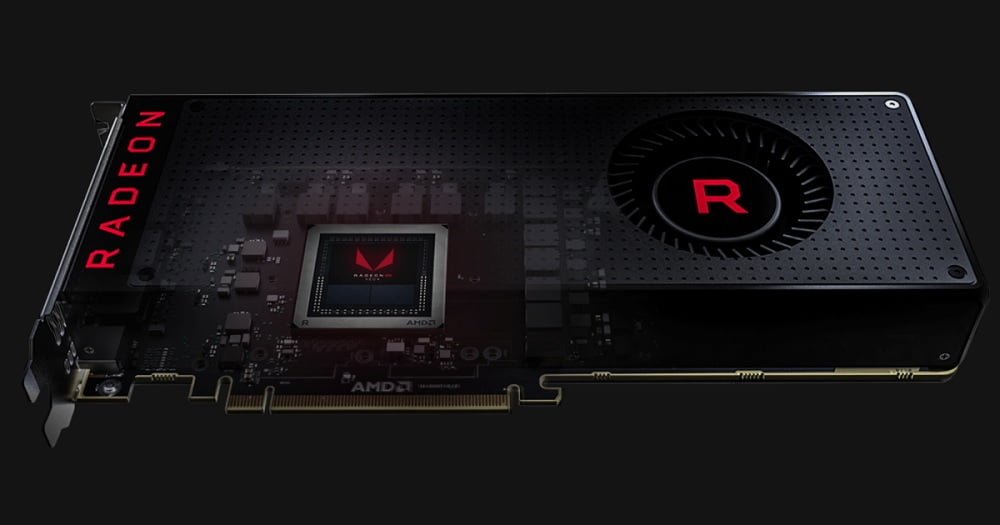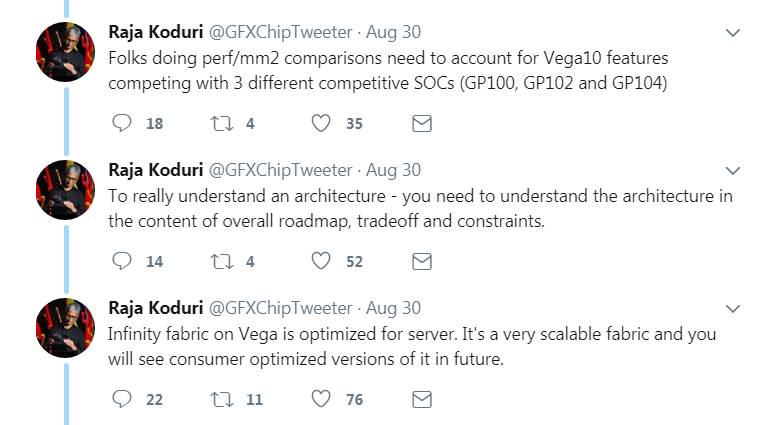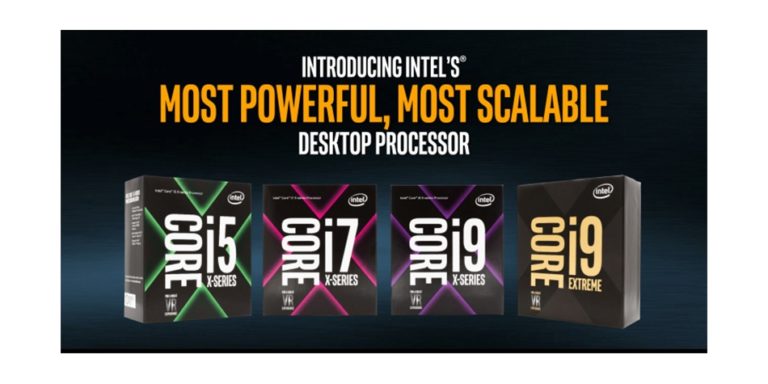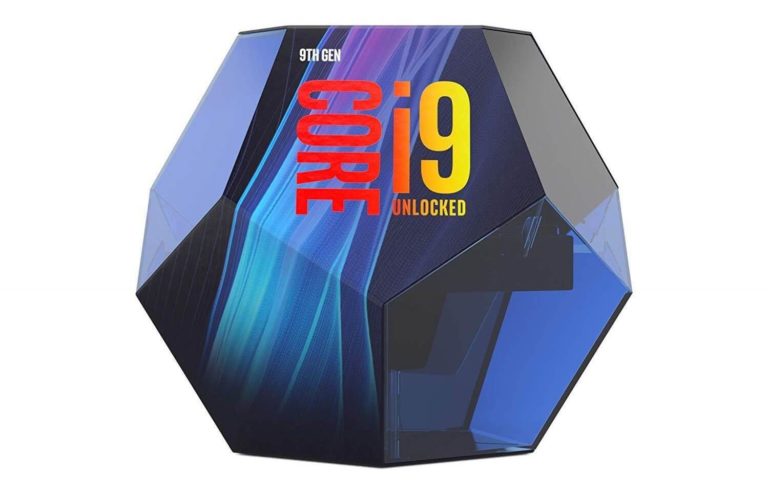AMD says RX Vega Not Fully Optimized for Gaming, Consumer versions Still to come

Raja Koduri, head of graphics at AMD, has revealed an interesting bit of information about their latest gaming-focused cards. According to Raja, Infinity Fabric, used in the RX Vega design, has been optimized specifically for server usage, and that consumer versions of Vega will arrive in the future.
For the past couple of weeks, AMD’s Radeon boss has been in India, spending his vacation as well as touring the company’s Hyderabad and Bangalore sites. He stayed clear of social media while he was outside the United States, and so missed the Vega fallout.
Now that he’s back, Raja decided to take to Twitter and address issues regarding RX Vega performance and pricing. First things first, Raja urged people to look at Vega architecture as a whole before “doing perf/mm2 comparisons.” This is a fair point in a way that Vega 10 competes against Nvidia’s three different SoCs, namely GP100, GP102 and GP104.

Since there was no high-performance graphics chip from AMD, the company wanted a solution that addressed both the enthusiast gaming market and the highly profitable server/computing market. While designing Vega however, AMD decided to focus more towards the server side of things as Raja himself puts it relative to Infinity Fabric.

Infinity Fabric is an interconnect that is used inside the GPU, to link together graphics cores with massive bandwidth. The fabric being optimized for servers reflects the behavior of the entire architecture.
Meaning, AMD’s RX Vega may be gaming-oriented graphics cards, but already-existing gaming workloads aren’t capable of tapping into full potential of the architecture. That equates to disappointing gaming performance given the RX Vega struggles to even compete against Nvidia’s year-old Pascal GPUs.
That being said, Koduri also talked about Vega as a very scalable architecture, indicating AMD’s plans for consumer optimized versions of it. What could that possibly mean?
Well, Team Red might be designing smaller, better-value Vega chips based on MCM (Multi-chip Module) design. These chips would effectively feature better performance and power, and should be more resistant to yield issues, compared to a monolithic design. But, that is just a guess so treat it with a pinch of salt.
What do you think? Are you disappointed with AMD’s Vega gaming performance? Let us know in the comments below.






